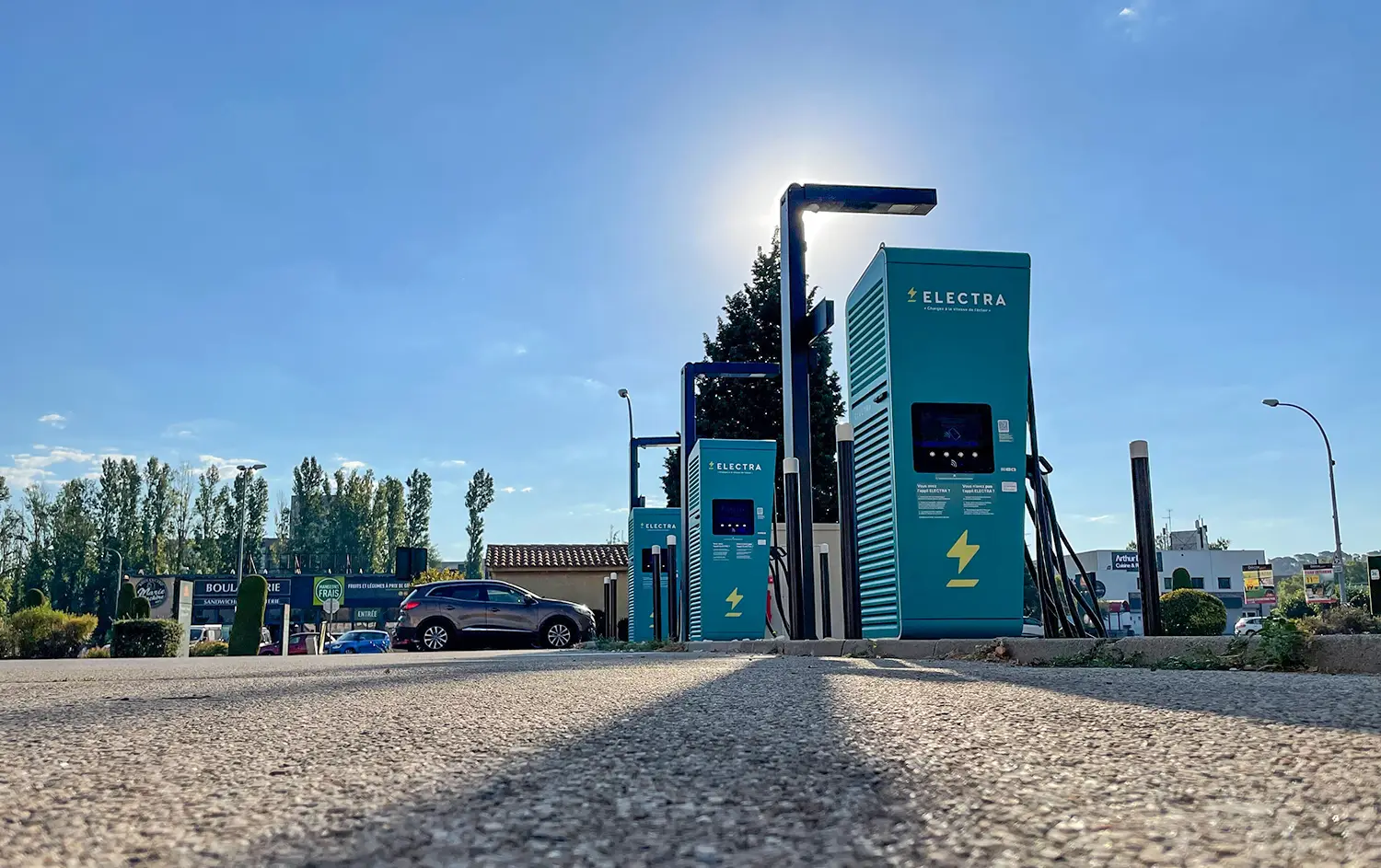Italy is at a critical juncture in its transition to electric mobility. The National Recovery and Resilience Plan (PNRR), which allocated significant funds to develop a network of electric charging points, faces serious implementation issues.
With an ambitious goal of installing 18,000 charging points across the country, the results have so far been disappointing: only 3,800 stations have been installed, representing just over one-sixth of the target.
This delay puts more than €500 million of allocated funds at risk, as they may need to be returned to the European Union if not utilized within the established timeframe.
Experts point to several factors that contributed to the failure of the initial public tenders.
A Failure in the Initial Public Tenders
The initial tenders launched by the Ministry of Environment faced numerous challenges.
Strict requirements and complex technical specifications discouraged participation, especially among small and medium-sized enterprises in the sector.
Additionally, the uneven demand for charging infrastructure across regions exacerbated the issue.
While regions like Lombardy and Alto Adige demonstrated high interest and attracted investments, southern Italy, less advanced in the electric transition, lagged behind. This regional disparity prevented many areas of the country from reaping the benefits of the PNRR.
In an attempt to correct course, the Italian government launched two new public tenders in 2024 with more flexible conditions.
Although these measures attracted more proposals, they did not resolve the problem of regional imbalance.
Even in regions where projects were awarded, challenges persist. Operators must not only install the charging points but also activate them by December 2025, a deadline set by the PNRR.
This tight timeline, coupled with the need to coordinate with the national electrical grid, raises doubts about whether projects will be completed on time.
The Electra Case: A Model to Follow?
A notable example in the context of PNRR funding is Electra’s project to install 700 ultra-fast charging points across the country.
This ambitious plan, with a budget of €12 million, aims to increase Italy’s ultra-fast charging capacity by 20%.
The stations will be strategically located in places such as supermarkets, restaurants, and shopping malls and will be powered 100% by renewable energy.
However, even projects like Electra’s face challenges related to bureaucratic hurdles and insufficient financial incentives in less developed regions.
Uncertain Future: Will PNRR Funds Be Lost?
To date, of the €640 million allocated for charging infrastructure, only €96 million have been awarded: €52.7 million for urban stations and €43.9 million for extra-urban stations.
This leaves a remaining €500 million, which the government is considering redirecting to other projects to avoid returning the funds to the European Union.
Electra Italia’s General Manager, Eugenio Sapora, underscores the urgency:
“Timelines are extremely tight. To meet the 2025 deadline, all stakeholders, from energy providers to local authorities, must work efficiently and collaboratively.”







